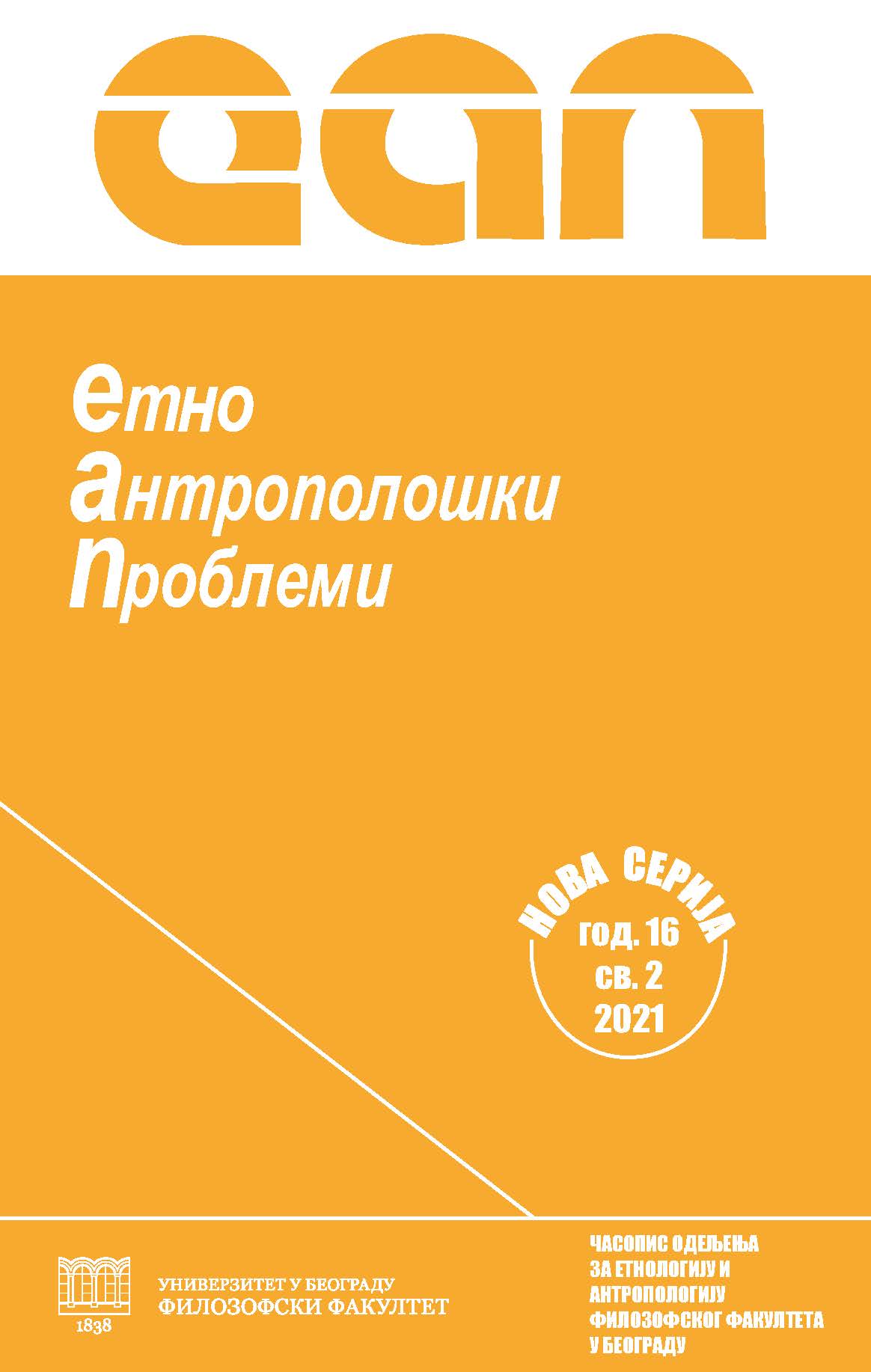Medijske generacije u Srbiji
Media Generations in Serbia
Author(s): Marijana MatovićSubject(s): Politics / Political Sciences, Social Sciences
Published by: Филозофски факултет, Универзитет у Београду
Keywords: media generations; Generation P; Generation X; Generation M; digital media environment
Summary/Abstract: This paper represents a small contribution to the study of media generations in Serbia. The research on which the paper is based starts from the model formulated by Goran Bolin, who drew on Karl Mannheim's theoretical postulates. The principal question that has served as the starting point of inquiry is in what way media (as technologies and content) and related experiences affect the forming of generational belonging of media generations in Serbia, and how they influence their use of media in the contemporary digital environment. In order to understand the context of the historical development of media in the formative period of life of generation members, the paper first provides a description of the "objective media environment". It consists of key years in the development of media in Serbia, crucial social events reported on by the media, and sociological analyses that contribute significantly to the understanding of each of the generations studied. For the purposes of the second and third level of analysis, a focus group study was carried out with members of three generations. Using the classification proposed by Oblinger and Oblinger, also used today by the Pew Research Center, the generations have been defined as (1) the Post-war Generation or Generation P (1946-1964), Generation X (1965-1980) and Generation M or Millennials (1981-1995). Their members were born before the intruduction of commercial intenet in Serbia, and grew up in different media and social environments. The second level of analysis, which Bolin terms the "subjective media environment", involved a phenomenological approach to the study of generation members' recollections of "first contacts" and subjective experiences contributing to the creation of a sense of generational belonging. Then, in order to establish which specific generational patterns are manifested in the contemporary media environment, an analysis was conducted of the way in which members of different generations use media today, which is the very reason they can be referred to as media generations. The research has highlighted the importance of two formative life periods; also, it suggests that it is in fact media generational units that manifest their specificities within each of the defined generations. In addition, it has been found that media generations can be distinguished not only according to their current media habits, but also according to the way they perceive the role of the media in society, the expectations they have of the media, and their understanding of their own position as users of these media. Thus Generation P, as the "generation of traditional media", perceives media primarily as content. Generation X, as a "mix of radio/music and internet generations", sees media primarily as technology that offers various possibilities. Generation M, on the other hand, can be said to be the first "networked generation" for which the media are a space that enables them to be continuously connected to others, and in which they can obtain information, find entertainment, and study/work.
Journal: Етноантрополошки проблеми
- Issue Year: 16/2021
- Issue No: 2
- Page Range: 459-490
- Page Count: 32
- Language: Serbian

